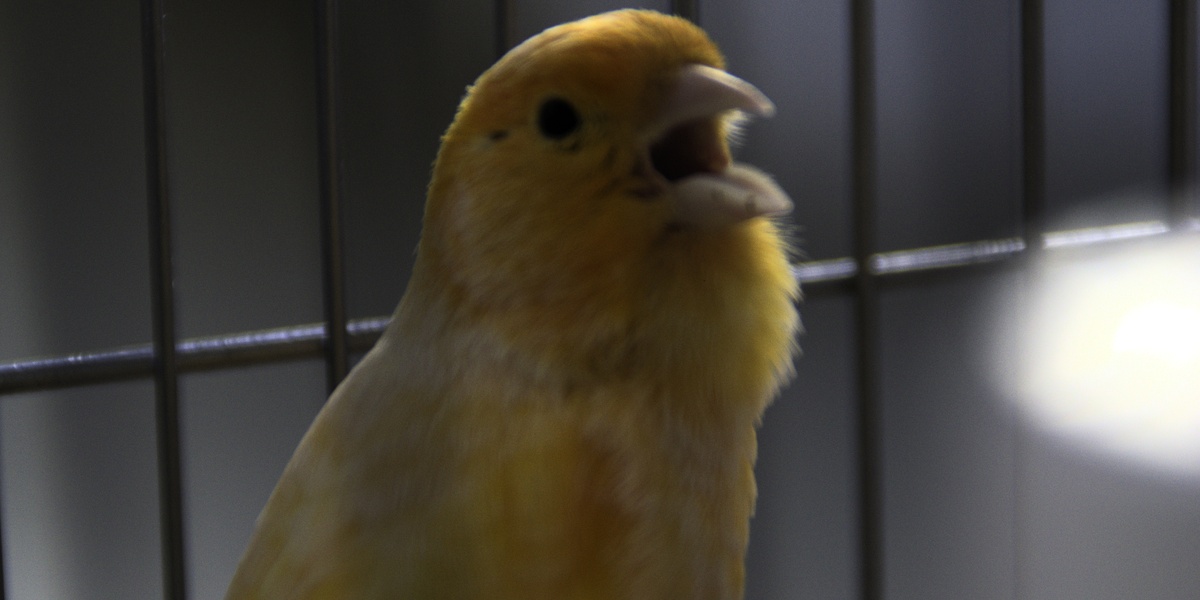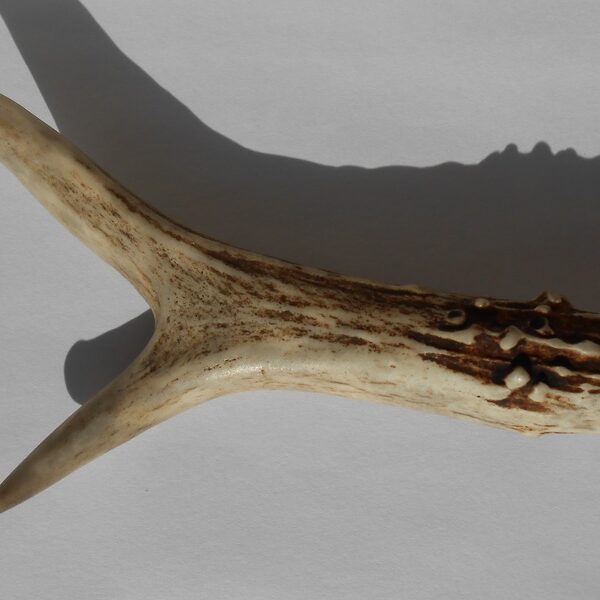Coastal research stations, urban health departments, and conservation groups all rely on animals to signal changing environmental or disease risks before people notice them. Observing species across habitats gives early warning of pollutants, pathogens, and ecosystem shifts, and helps prioritize where to test or intervene.
There are 20 Sentinel Animal Examples, ranging from Adelie penguin to Sentinel chicken to illustrate the geographic and functional spread. For each species you’ll find below consistently organized fields: Scientific name,Hazard detected,Typical region/context so you can quickly scan which animals are monitored for contaminants, vector-borne disease, or habitat stress and where they’re typically observed.
How are animals selected as sentinels for monitoring hazards?
Species are chosen based on sensitivity to a threat, ease of sampling, relevance to human or ecosystem exposure, and geographic availability; practical considerations like population size, lifespan and existing data also matter because they affect how reliably an animal signals change.
Can sentinel animal findings be used to protect human health?
Yes—patterns in sentinel animals often provide early warning (for example, bird die-offs indicating avian flu or fish kills pointing to toxins), but results should be followed by targeted testing and local risk assessment before making public-health decisions.
Sentinel Animal Examples
| Name | Scientific name | Hazard detected | Typical region/context |
|---|---|---|---|
| Canary | Serinus canaria domestica | Carbon monoxide and toxic gases | Coal mines and enclosed spaces |
| Sentinel chicken | Gallus gallus domesticus | Arboviruses (West Nile, SLE) | North America, arbovirus surveillance |
| Honey bee | Apis mellifera | Pesticides, heavy metals, air pollutants | Global, apiaries in urban and agricultural areas |
| Blue mussel | Mytilus edulis | Heavy metals and organic pollutants | Coastal and estuarine monitoring sites |
| Atlantic tomcod | Microgadus tomcod | PCBs and industrial contaminants | Hudson River estuary, northeastern USA |
| Bottlenose dolphin | Tursiops truncatus | Marine toxins, pathogens, pollutants | Coastal waters, stranding and health monitoring |
| Sea otter | Enhydra lutris | Coastal pollution and zoonotic pathogens | Northeast Pacific kelp forests, nearshore |
| Polar bear | Ursus maritimus | Persistent organic pollutants and climate impacts | Arctic ecosystems, marine sentinel species |
| Peregrine falcon | Falco peregrinus | Organochlorine pesticides (DDT) effects | Urban and wild raptor monitoring, global |
| American crow | Corvus brachyrhynchos | West Nile virus | North America, dead-bird surveillance |
| Norway rat | Rattus norvegicus | Urban pollutants and zoonotic pathogens | Cities, sewers, sewage-associated studies |
| Largemouth bass | Micropterus salmoides | Mercury and freshwater contaminants | Temperate freshwater lakes and reservoirs |
| Loggerhead turtle | Caretta caretta | Marine pollution, plastics, algal toxins | Coastal waters and nesting beaches worldwide |
| Northern leopard frog | Lithobates pipiens | Pesticides, deformities, water quality | North American wetlands and ponds |
| Earthworm | Lumbricus terrestris | Soil heavy metals and contamination | Agricultural and urban soils globally |
| Herring gull | Larus argentatus | Marine pollution, plastics, hydrocarbons | Coastal areas and estuaries |
| Adelie penguin | Pygoscelis adeliae | Climate impacts and pollutant deposition | Antarctic coastal monitoring sites |
| Domestic pig | Sus scrofa domesticus | Influenza viruses and zoonotic pathogens | Farm sentinel programs and surveillance |
| Dog | Canis lupus familiaris | Tick‑borne diseases, lead, algal toxin exposure | Urban and rural households, veterinary surveillance |
| Chinook salmon | Oncorhynchus tshawytscha | Habitat degradation and contaminant loads | Pacific Northwest rivers and coastal waters |
Images and Descriptions
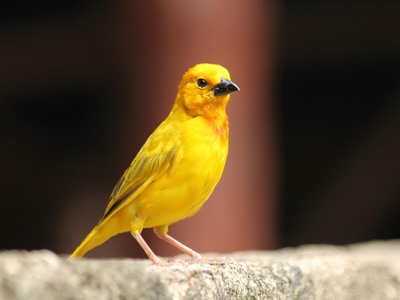
Canary
Historic “canary in a coal mine” role: these birds detected carbon monoxide and other toxic gases in mines, alerting miners to danger. Their long-standing use is a clear, early example of animal sentinels protecting human health.
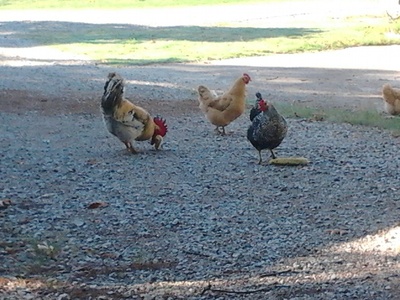
Sentinel chicken
Domestic flocks are regularly blood-tested to detect West Nile and St. Louis encephalitis activity; sentinel chicken programs across U.S. states provide early warning of virus circulation before human cases rise.

Honey bee
Bees collect environmental residues, helping map pesticide exposure and metal contamination. Notable studies link neonicotinoid residues in hives with bee declines and agricultural pesticide runoff.
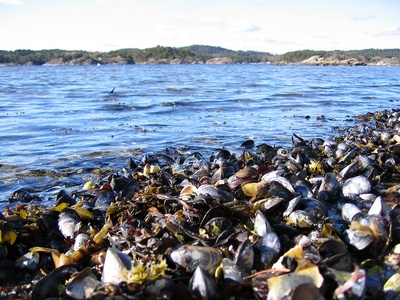
Blue mussel
Mussels concentrate contaminants and are central to Mussel Watch biomonitoring programs; NOAA and regional studies use them to track long-term coastal pollution trends and contaminant bioavailability.

Atlantic tomcod
Hudson River tomcod showed high PCB loads and even developed PCB resistance in polluted reaches, making this small fish a documented indicator of long‑term industrial contamination.
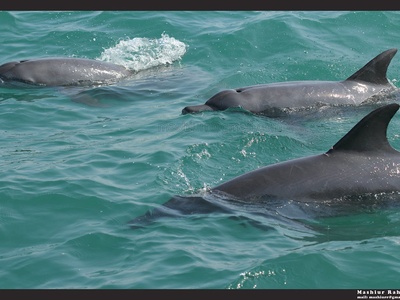
Bottlenose dolphin
Dolphin strandings and health surveys reveal algal brevetoxin exposure, biotoxin accumulation, and pathogen presence; Florida studies linked dolphin illnesses to harmful algal blooms.
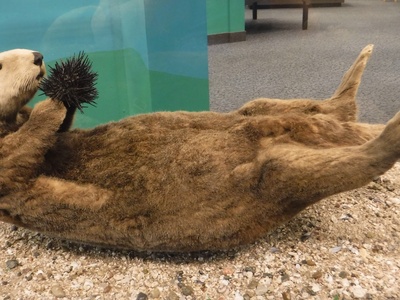
Sea otter
Sea otters accumulate contaminants and are sensitive to Toxoplasma gondii from runoff and oil spill effects; their health reflects nearshore ecosystem contamination affecting humans and wildlife.
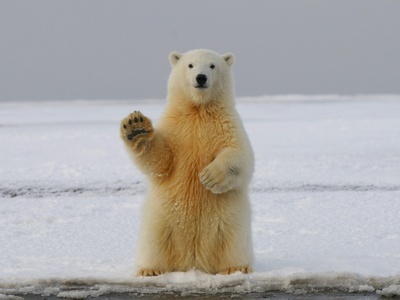
Polar bear
Polar bears concentrate POPs through the food web and show changing body condition with sea-ice loss; studies use contaminant loads to illustrate Arctic pollution and climate-driven risks.
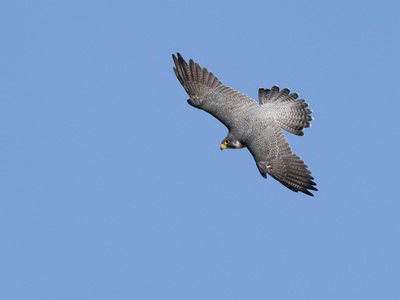
Peregrine falcon
Eggshell thinning and reproductive declines from DDT were famously documented in peregrines; their recovery after bans made them a classic sentinel for pesticide policy impacts.

American crow
Mass crow deaths were an early signal of West Nile virus emergence in 1999 New York; dead-bird monitoring remains a practical sentinel approach for WNV activity.

Norway rat
Urban rats accumulate heavy metals and reflect human-associated contaminants; field studies also track pathogen prevalence in rats to inform public-health risks in urban environments.

Largemouth bass
Bass have been used in fish-monitoring programs to assess mercury bioaccumulation and to inform fish‑consumption advisories based on contaminant burdens in popular sportfish.

Loggerhead turtle
Stranding and necropsy studies of loggerheads reveal plastic ingestion, pollutant loads, and algal toxin exposure, making them visible sentinels of marine debris and coastal contamination.

Northern leopard frog
Frog populations and limb deformity surveys highlighted environmental stressors like pesticides and parasites; amphibian declines have been used as a global warning of ecosystem degradation.

Earthworm
Earthworms bioaccumulate lead, cadmium and other metals and are routinely sampled in field studies to assess soil contamination and bioavailability affecting soil health and food safety.

Herring gull
Gulls scavenge across marine and coastal habitats, providing data on oil spills, plastic ingestion, and persistent contaminants; seabird monitoring often uses gulls to gauge coastal pollution trends.

Adelie penguin
Long-term penguin population and breeding studies reflect krill availability and sea-ice changes; contaminant analyses in penguins also track long-range pollutant deposition to the Antarctic.

Domestic pig
Sentinel pigs on farms are monitored for influenza strains and can reveal virus transmission dynamics between animals and humans, aiding early detection of emergent zoonotic strains.

Dog
Companion dogs often share environments with people; veterinary surveillance has used dogs to map Lyme disease risk and detect cyanobacterial toxin exposures at recreational waters.

Chinook salmon
Declines and contaminant burdens in Chinook salmon populations signal watershed health, habitat loss and pollutant impacts, informing conservation and fisheries management decisions.
